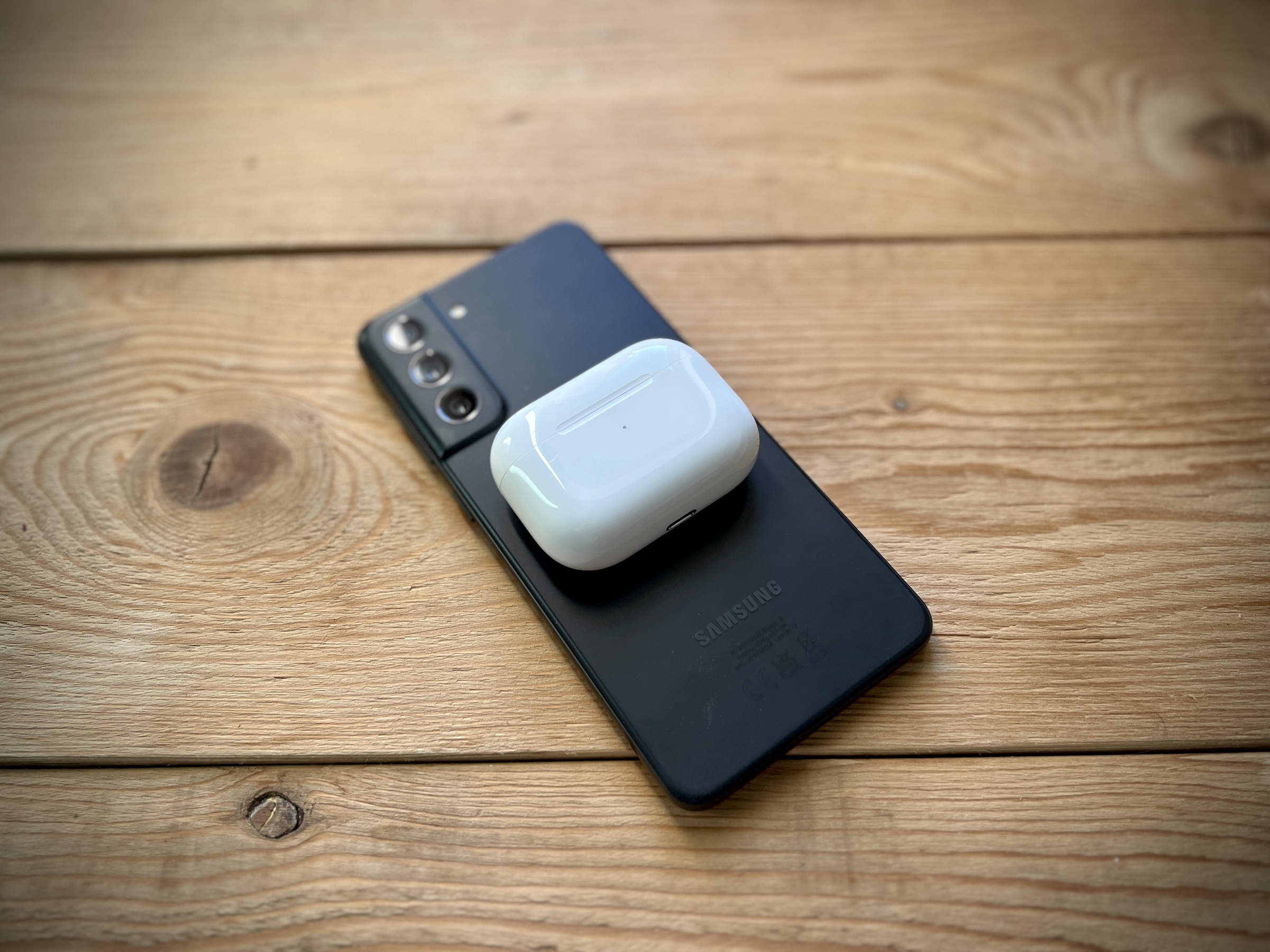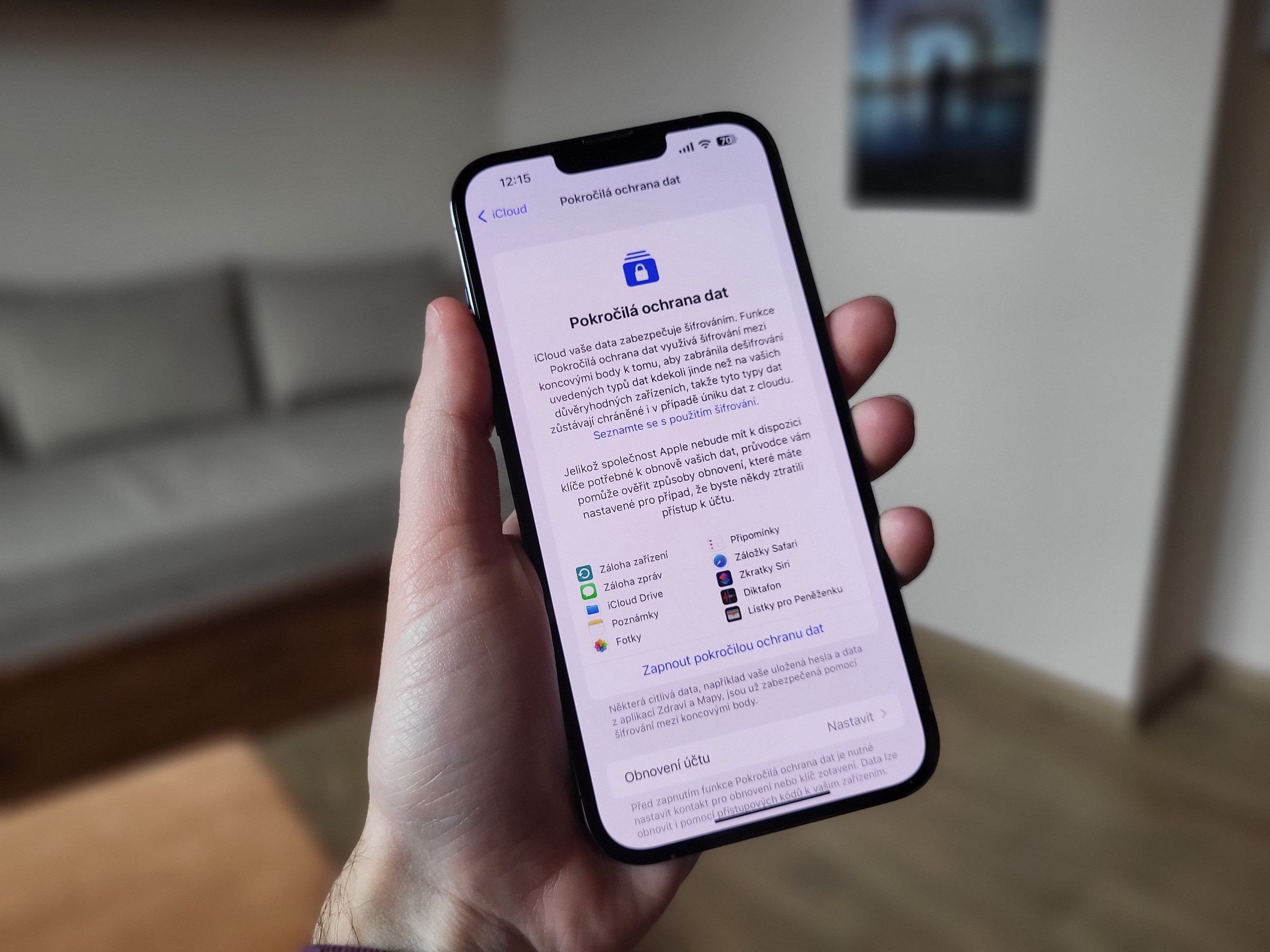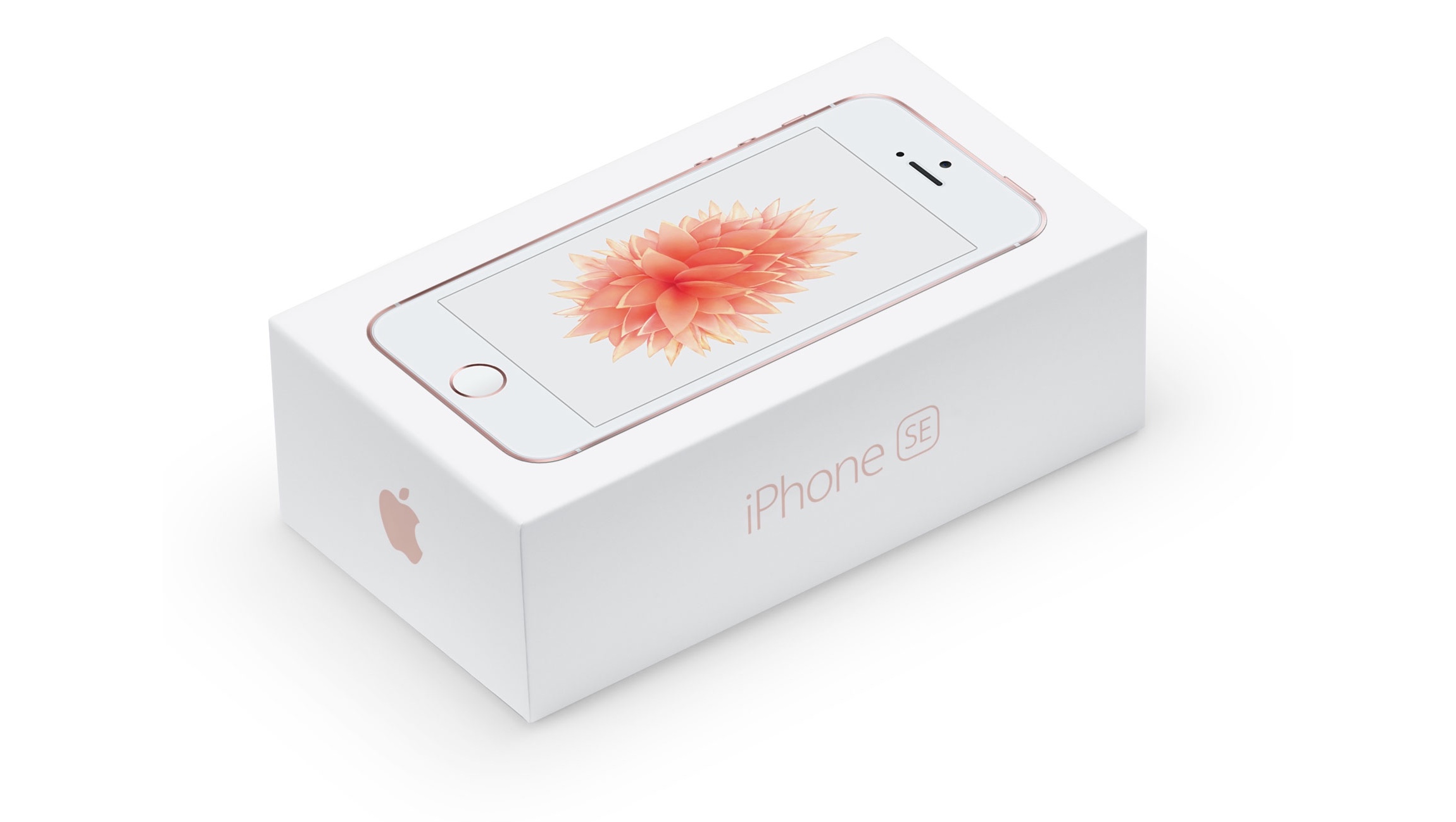The range of iPhones has grown significantly in recent years. Therefore, the next generation is no longer made up of a single device, quite the opposite. Over time, we have therefore reached the current situation, where the new series consists of a total of four models. Now it is specifically the iPhone 14 (Plus) and the iPhone 14 Pro (Max). But that's not all. In addition to current and selected older models, the menu also includes a "lightweight" version of the iPhone SE. It combines a sophisticated design with maximum performance, due to which it fits the role of the best possible device in the price/performance ratio.
It could be interest you

Until recently, however, a number of flagships looked a little different. Instead of the iPhone 14 Plus, the iPhone mini was available. But it was canceled because it didn't do well in sales. In addition, it is currently speculated that the Plus and SE models will quite possibly meet the same fate. How did these devices actually sell and how are they doing? Are these really "useless" models? We will now shed light on exactly that.
Sales of iPhone SE, mini and Plus
So let's focus on specific numbers, or rather on how (not) well the mentioned models were sold. The very first iPhone SE arrived in 2016 and managed to attract huge attention to itself very quickly. It came in the body of the legendary iPhone 5S with only a 4″ display. Nevertheless, it was a hit. It is therefore not surprising that Apple wanted to repeat this success with the second generation iPhone SE 2 (2020). According to data from Omdia, over 2020 million units were sold in the same year 24.
The same success was expected from the iPhone SE 3 (2022), which looked exactly the same, but came with a better chip and 5G network support. Therefore, Apple's original predictions sounded clear - 25 to 30 million units will be sold. But relatively soon, reports of reduced production began to emerge, clearly indicating that demand was actually a bit weaker.
The iPhone mini has a slightly sadder story behind it. Even when it was introduced for the very first time - in the form of the iPhone 12 mini - soon after, speculations about the imminent cancellation of the smaller iPhone began to appear. The reason was simple. There is simply no interest in smaller phones. Although the exact numbers are not publicly available, according to the data of analytical companies, it can be found that the mini was indeed a flop. According to Counterpoint Research, the iPhone 12 mini accounted for only 5% of Apple's total smartphone sales that year, which is pitifully low. The analyst of the financial company JP Morgan then also added an important note. The total share of smartphone sales was only 10% made up of models with displays smaller than 6″. This is where the apple representative belongs.

Even the successor in the form of the iPhone 13 mini did not improve much. According to available data, it had only a 3% share in the US and 5% in the Chinese market. These numbers are literally pitiful and clearly indicate that the days of smaller iPhones are long gone. That's why Apple came up with an idea - instead of the mini model, it came up with the Plus version. That is, a basic iPhone in a larger body, with a larger display and a larger battery. But as it turns out, that's not a solution either. Plus is falling again in sales. While the more expensive Pro and Pro Max are clearly attractive, apple fans are not interested in the basic model with a larger display.
The return of smaller phones seems to make no sense
Therefore, only one thing clearly follows from this. Although Apple meant well with the iPhone mini and wanted to offer lovers of compact dimensions a device that does not suffer from any compromises, it unfortunately did not meet with success. Quite the contrary. The failure of these models unnecessarily caused him further problems. It is therefore evident from the data that apple users are not interested in anything other than the most basic 6,1″ model or the professional version Pro (Max) in the long term. On the other hand, it can be argued that the mini models have a number of vocal supporters. They are calling for his return, but in the final it is not such a large group. It is therefore more advantageous for Apple to completely eliminate this model.
It could be interest you

Question marks hang over the iPhone Plus. The question is whether Apple, like the mini, will cancel it, or if they will try to breathe life into it. For now, things don't look very favorable for him. There are other options at play as well. According to some experts or fans, it is high time to reorganize the starting line as such. It is possible that there will be a complete cancellation and deviation from the four models. In theory, Apple would thus return to the model that worked in 2018 and 2019, i.e. at the time of the iPhone XR, XS and XS Max, respectively 11, 11 Pro and 11 Pro Max.
 Adam Kos
Adam Kos 





both Mini and Plus were/are being killed by the price 🤷🏻♂️
If Apple didn't "punish" those interested in a mini with weaker hardware, the situation would probably look a little different...
I would have expected higher numbers for the Mini, but it is clear for the Plus and the classic 14. If the customer doesn't care about money at all, he buys a new "Pro" model every year, if he cares more, he buys a "Pro" model once every 2-3 years, but no one wants to buy the 2nd league for these high amounts...
I agree, I also wouldn't buy a model other than the Pro, if I want to pay that much money for something, the Pro series is the obvious choice
Nobody wants the second league :D seriously? how old are you boys 13 years old
I might have considered a 14Pro, but I'd rather buy a regular 14. The PRO series just doesn't have what it takes to justify the almost 40K price, TVL, for that I already have a bloated gaming PC (NB), or some great ultrabook with touch and a flip design, or a holiday by the sea... Just 40K for a mobile phone is already a total joke! Fortunately, I don't have to flex in front of anyone, so I don't care what anyone thinks of me!
If they put the hideous abomination - the brazenly renamed DI notch under the display - I would still consider it. The difference between 14 and 14PRO is almost zero for me personally, except for the better camera, which appealed to me a bit. In the end, I'm happy to have a custom 14/256 for 22K new. When the 16 PRO comes out and it really has a better quality camera than now and especially the hideous DI hidden under the display, maybe I'll consider it.
iPhone SE 3 is not bought because it looks the way it looks, simply buying a phone in 2022-23 that looks like it's from 2014 is just stupid, they should have given it a body from 11ka or Xka and sales would be higher immediately.
The problem of selling the iPhone 2022 is its price and the fact that you could buy a cheaper 2020 model, which did not only have 5G support. I am writing based on my purchase decision last September.
Mini was killed by a bad battery. Tragic at 12, average at 13, but a rumor is a rumor. A phone that won't last a day doesn't have more than 3%.
You see, I've heard the rumor of a weak battery on the 12 mini, but when the 13 mini came out saying there won't be another mini, and I saw the tests, I replaced my eight with it at launch. Over the course of the year, we bought 13 minis for my wife too, and we can't let them go. I think I use it quite a bit and in the evening after a year and a half I usually have around 40% battery.
I'm terribly surprised at how weak global sales are, because in my social bubble I almost feel like iPhone minis outnumber the other models.
As if I could see myself in that post. As soon as it became clear that the 14 mini would not be available, I bought a 13 mini to replace my 8. No problem with the battery so far.
In the back of my mind, I'm still hoping we'll see the mini again sometime, maybe next year.
Hello,
I also bought a 13 mini, mainly because they said there won't be another mini... A colleague at work has a 13 mini, a friend's wife has a 13 mini, a friend admired the 13 mini but ended up sticking with Android... Another 13 mini is in the family. If I hadn't bought my mom the SE3 (price), she would have gotten a 13mini…
Great phone for me. I use 50-75% of the battery per day. I think Ok.
I think that Apple rather combined it. In the same year that the ip12 mini was released, the mentioned ipSE was also released, which defacto summarized all the parameters that people would imagine, and when they then decided whether to pay 13k or 21k for a mobile phone, it was a fairly simple decision. Accordingly, there are many people who would like a smaller mobile phone and at the same time do not want to pay a lot of money for it. But if I pay more than 20k for a mobile phone, I'd rather pay a little more to have a full-fat model with a better battery. Likewise, I think it's a bad move to release a new SE model every two years or even every year. After all, we are talking about devices that will last 5 years quite well. The release cycle of new SEs as a "low-cost" entry apple mobile phone could be every 3 years at the most.
Currently, Apple would do best, as the conclusion of the text suggests, if there is only one base model and two PRO/Ultra, and then a new SE comes out in the form of one of the ip12/13 mini. That way, none of the models would compete directly and it would be much easier to make a decision.
In fact, the same problem, when our models overlap, is currently also with ipads, when the basic ipad and if you want storage larger than 64GB, it will cost you the same money as the much better equipped ipad Air.
Apple is simply magical.